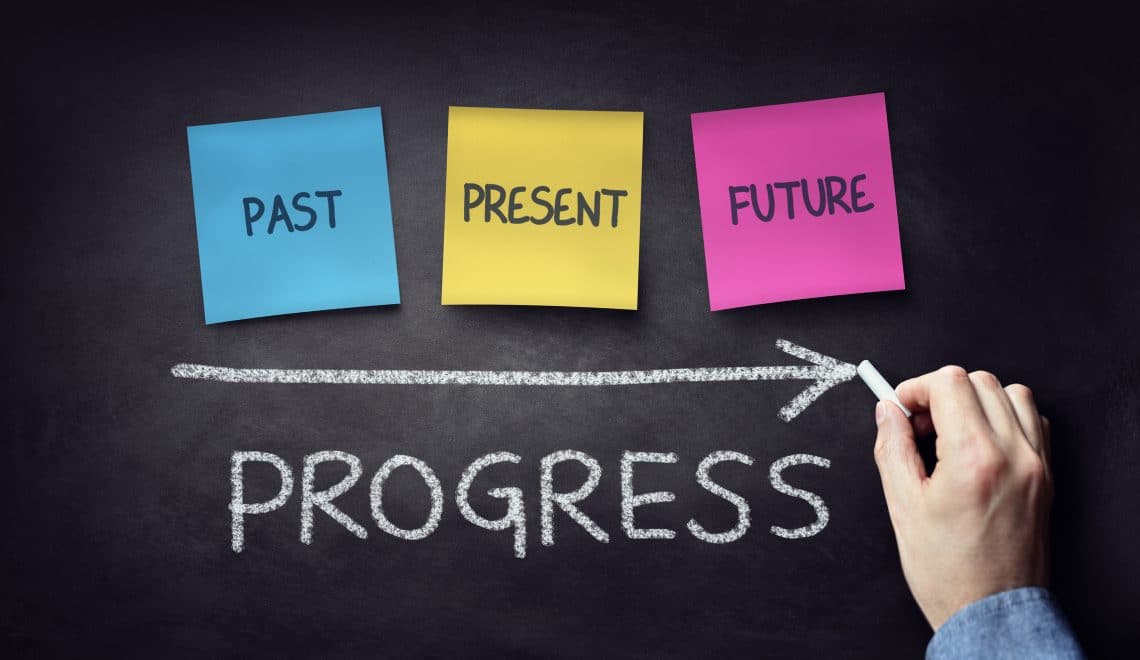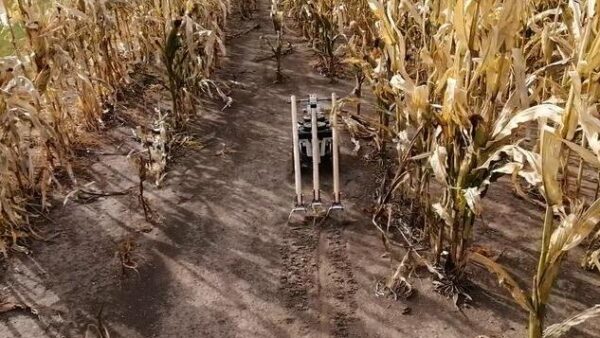With the uncertainty COVID-19 has brought to overseas travel for 2021 and possibly into 2022, groups involved in overseas aid work may need to rethink the way that they work on projects in developing countries.
It’s possible a vaccine will be rolled out throughout 2021 and may not have a worldwide effect of well into 2022. Many developing countries may be the last places that receive the vaccine do to some of the logistics that may be required. It will be at least two years before any normality internationally is achieved. In that time aid agencies will have to find new techniques of knowledge delivery.
The most obvious one of these is the use of virtual training through webinars and videos where there can be interaction and questions of the trainer without physically being in the country. This is not the most ideal scenario. When doing research on a new project location, I do a lot of reading of papers to get an idea of how the plants and the people behave in this environment. Before the beginning of each project I am involved in, I always visit the project site and speak to the farmers on the ground. Seeing what happens in a location with your own eyes and talking to locals about it is worth 1,000 research papers. But this will not be achievable with COVID-19, so the next best thing is to find someone from your country that came from that location and ask them about their experiences there. From this you can gather how to behave with the people you will be communicating with and you may be able to make some adjustments to the project to make them more practical.
The next thing is to find a good partner group in in the country you can interact with virtually. Spend time talking to them and getting to know them so you are confident that they are capable of running the project with minimal interaction. In many projects that I have worked on it is important to understand the background message of what you local partner is trying to tell you. Local partners sometimes don’t want to say no to a request. You can end up thinking everything is OK, but the message comes through later that the project is not functioning. Make sure you pick the vibe of how things might be going on the ground.
Once the foundations of a project have been developed and a good local partner is found, it’s time to work out how to implement the project in a virtual world. Sometimes, internet connections can be variable. If this is the case, it may be best to deliver training via videos that can be sent to the location and then questions can be answered via email. If webinars or video conferencing is possible this would be the better option to allow more interaction with the group.
Aid groups may have to consider including in their project budgets technologies that may allow better internet connection. This may be things such as satellite internet if the location is remote, and a large screen tv, audio and video camera equipment to allow communication between large groups of people. The virtual interaction between the trainer and the location may only need to be intermittent as groups at the location may be instructed to do tasks and to have there own internal discussions then can come back to the leader with a summary afterwards.
In the budget of most international projects the airfares can be a high cost so the money allocated to this area may be used to purchase equipment that would allow a virtual connection. Overseas aid projects can continue through these uncertain times of COVID-19, it just requires some outside the box thinking and resolution that virtual connection may not be as good as being there face to face, but it is better than not having a project at all.












